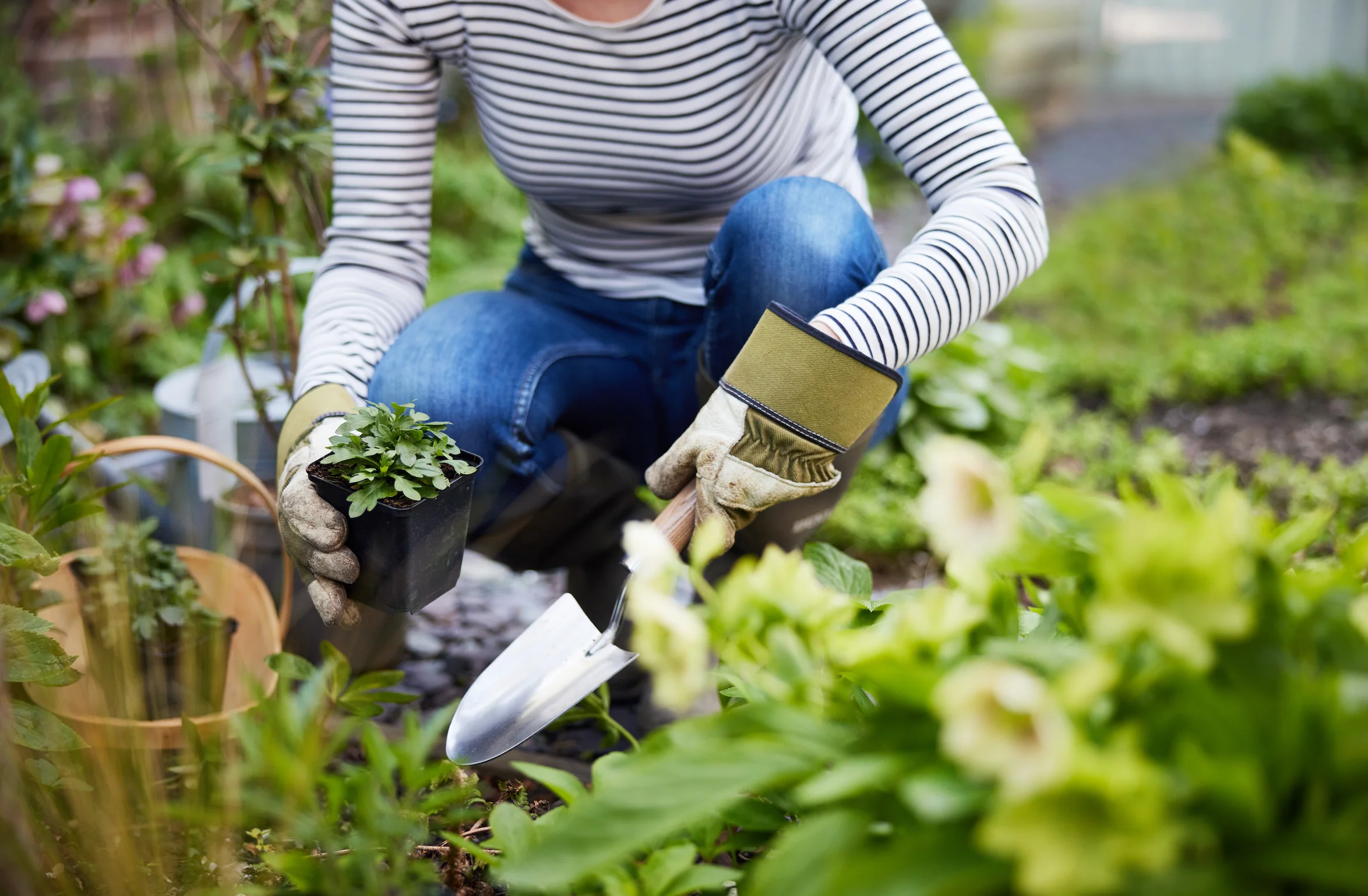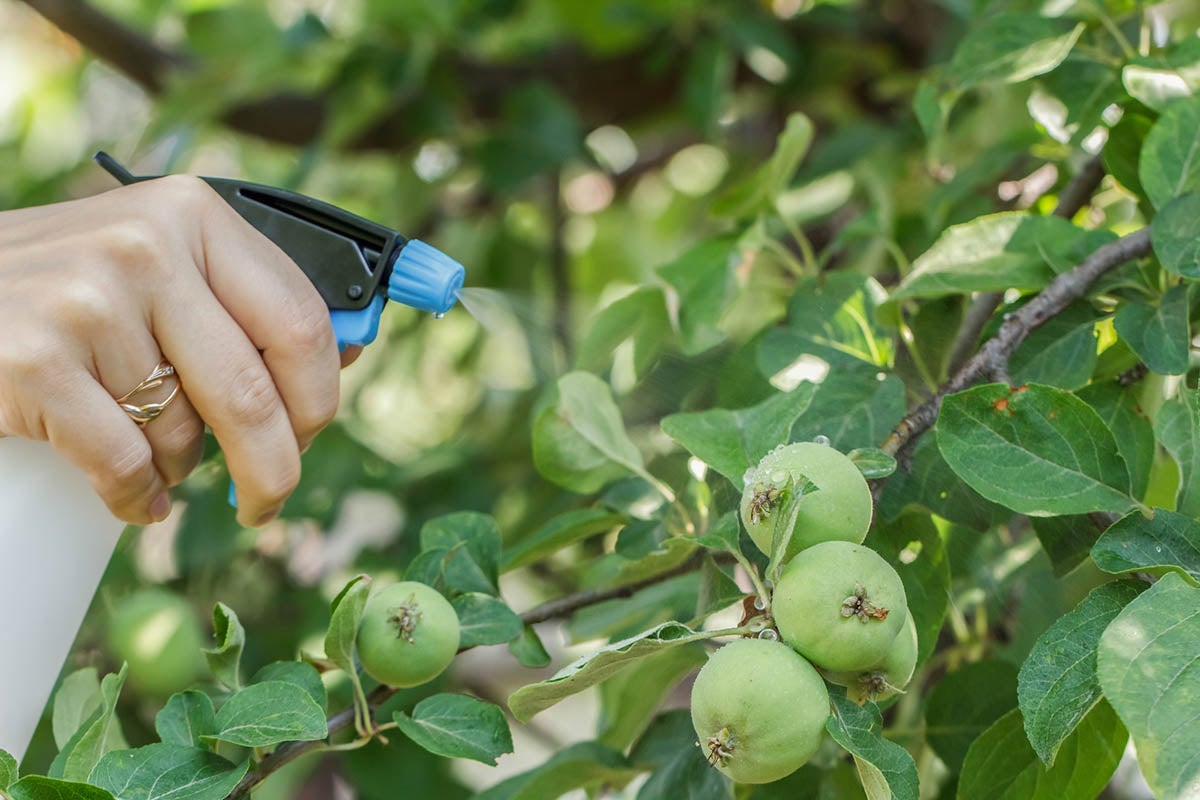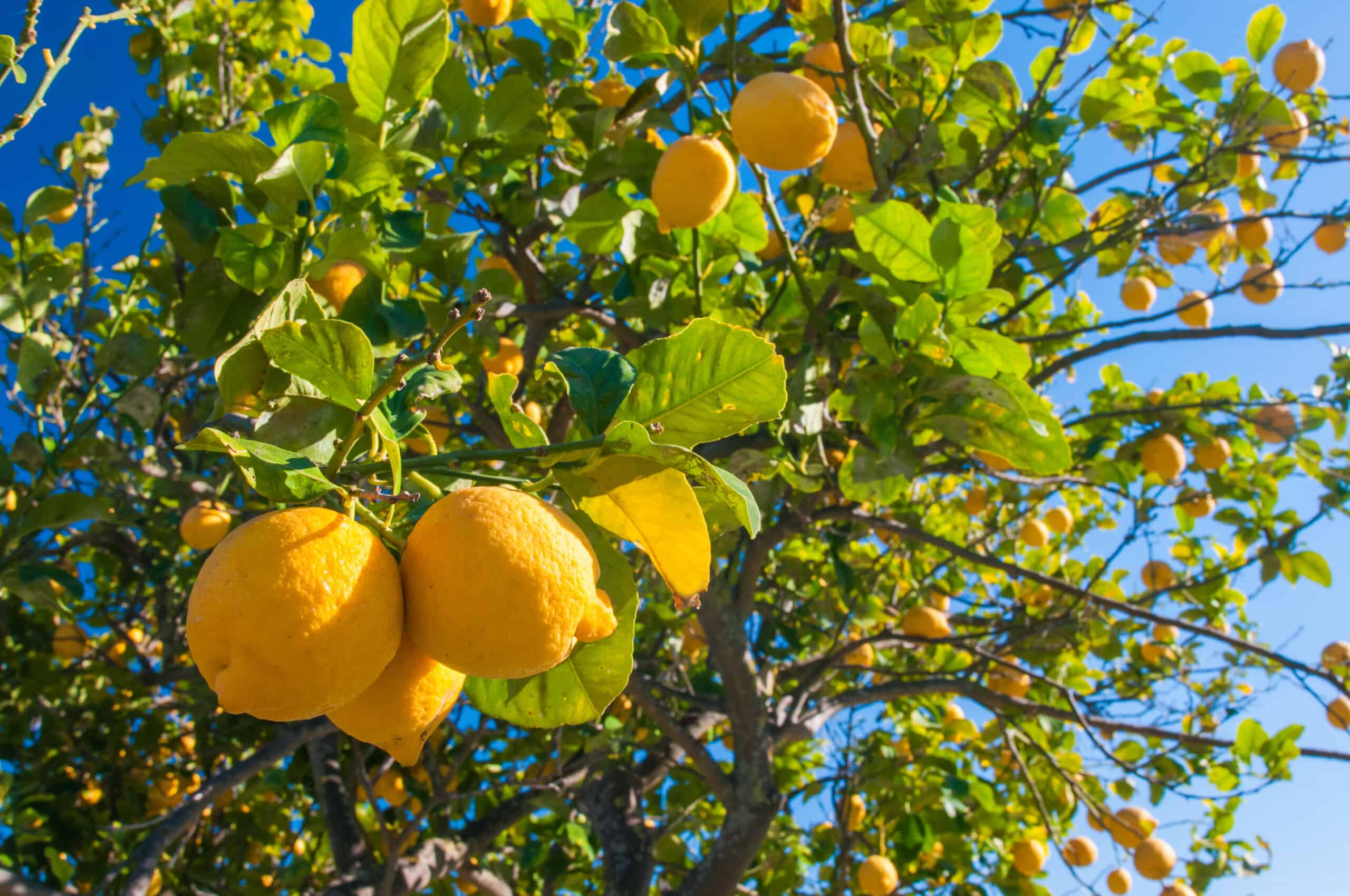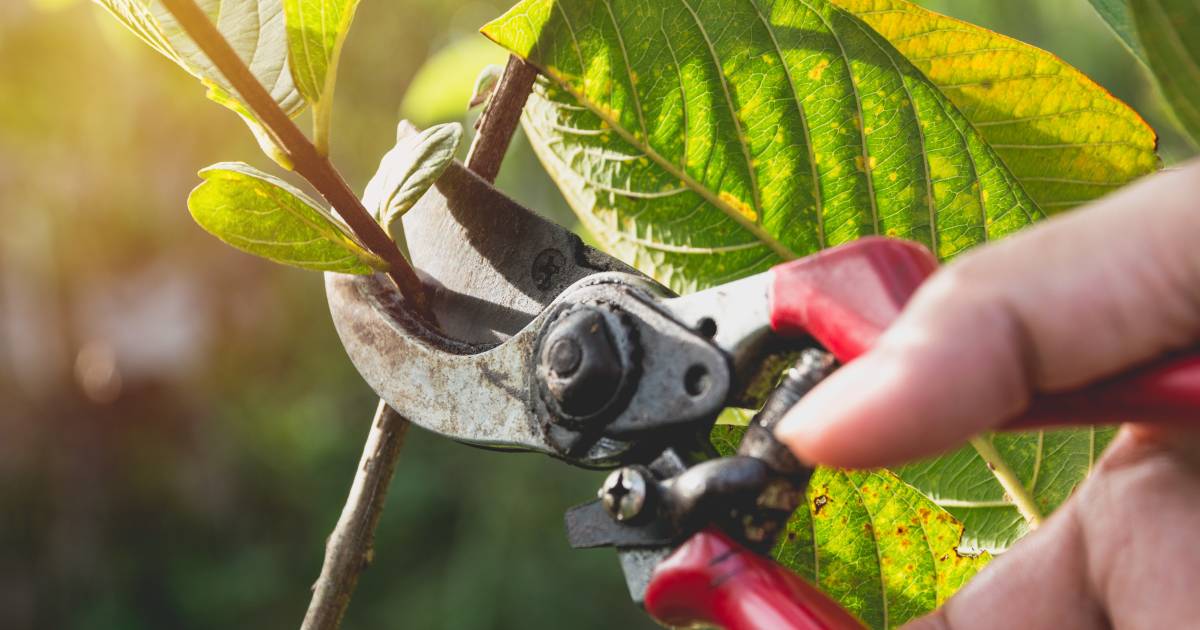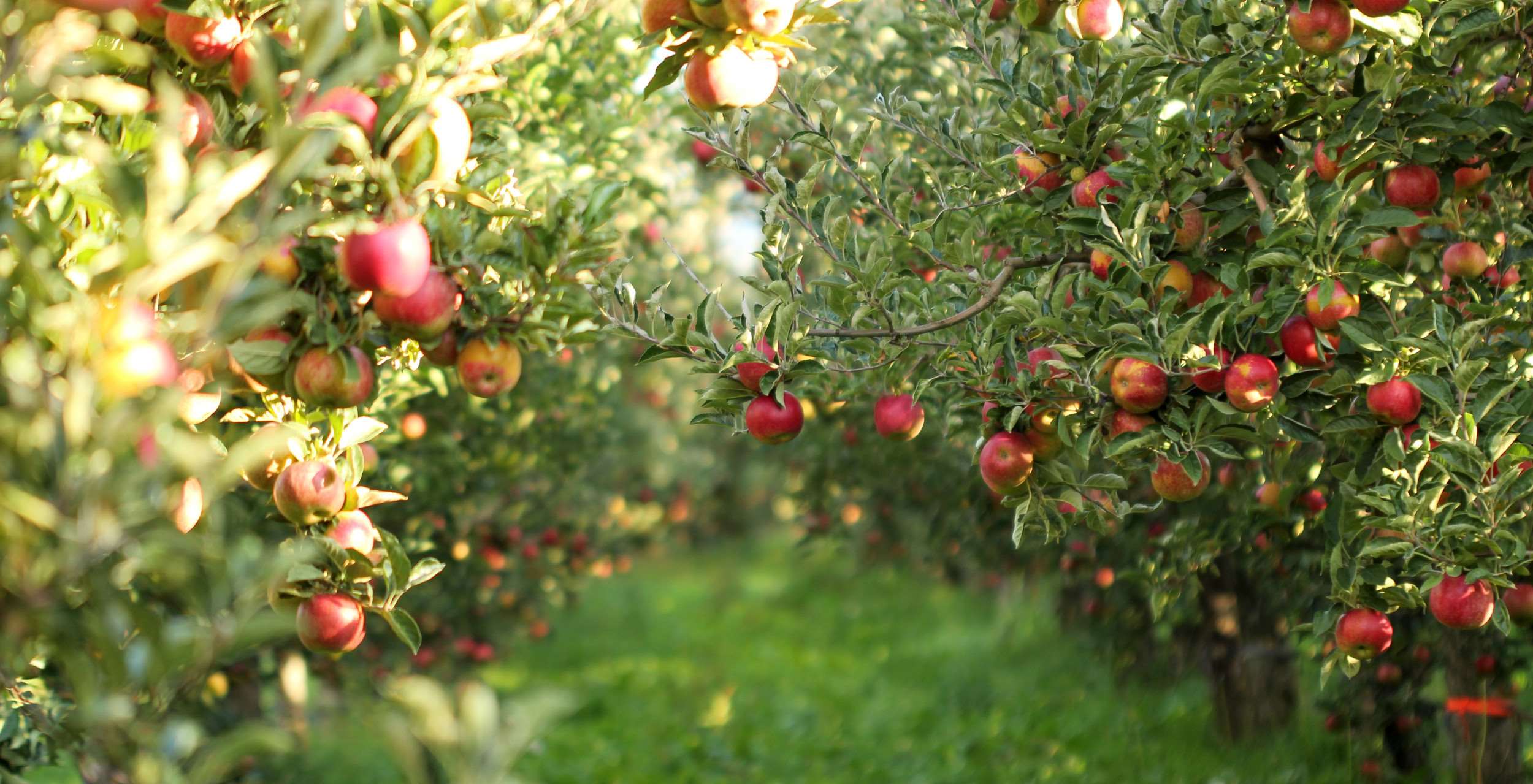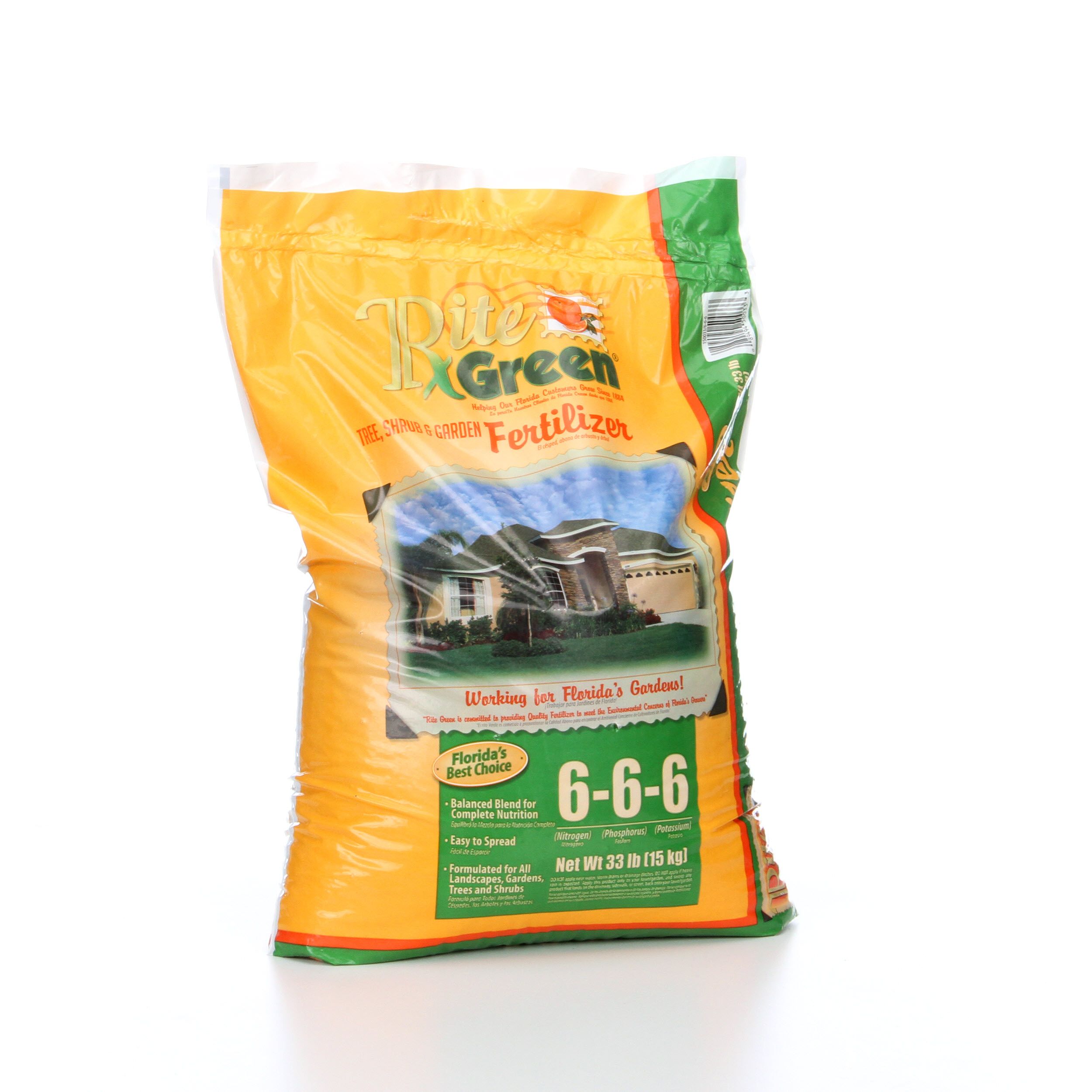Home>Types of Gardening>Edible Gardening>When To Plant Fruit Trees In Zone 6


Edible Gardening
When To Plant Fruit Trees In Zone 6
Modified: January 22, 2024
Discover the best time to plant fruit trees in Zone 6 for successful edible gardening. Expert tips and advice to maximize your harvest.
(Many of the links in this article redirect to a specific reviewed product. Your purchase of these products through affiliate links helps to generate commission for Chicagolandgardening.com, at no extra cost. Learn more)
Table of Contents
Introduction
Welcome to the world of edible gardening! There’s something incredibly rewarding about growing your own fruits, vegetables, and herbs. Not only does it provide a sense of accomplishment, but it also allows you to enjoy the freshest produce right from your own backyard. If you’re fortunate enough to live in Zone 6, you have a wide range of fruit tree options to choose from.
Zone 6 is characterized by its moderate climate, with cold winters and warm summers. This climatic zone covers a large portion of the United States, including regions such as parts of the Pacific Northwest, the Midwest, and the Northeast. With its diverse weather conditions, Zone 6 offers unique opportunities for cultivating a variety of fruit trees.
Before you dive into the world of edible gardening, there are a few factors to consider. First and foremost, you need to assess the space you have available in your yard. Fruit trees require a certain amount of space to grow properly, so make sure you have enough room for them to flourish.
Another important factor to consider is the soil quality. Fruit trees prefer well-drained soil with a pH level around 6 to 7. If your soil is too acidic or alkaline, it may be necessary to amend it before planting. Conducting a soil test can help you determine the pH level and make any necessary adjustments.
Additionally, you should consider the amount of sunlight your planting area receives. Most fruit trees require full sun, which means at least six hours of direct sunlight per day. If your yard is shaded or has limited sun exposure, you may need to choose fruit tree varieties that tolerate partial shade.
Now that you have considered these key factors, let’s explore some of the best fruit tree varieties for Zone 6. From apple and pear trees to cherry and peach trees, there is a wide selection to choose from that can thrive in your area.
Understanding Zone 6
Before diving into the world of fruit tree gardening, it’s important to have a good understanding of Zone 6. This USDA Hardiness Zone is characterized by its moderate climate, with cold winters and warm summers. Zone 6 spans across a large part of the United States, including regions such as parts of the Pacific Northwest, the Midwest, and the Northeast.
When it comes to gardening, knowing your hardiness zone is crucial as it determines which plants are likely to thrive in your area. The USDA Hardiness Zone map divides the country into different zones based on average annual minimum winter temperatures. Zone 6 typically experiences winter temperatures ranging from -10°F to 0°F (-23°C to -18°C), making it suitable for a variety of fruit trees.
The climatic conditions of Zone 6 provide a great opportunity for growing fruit trees. However, it’s important to note that specific microclimates within the zone can vary due to factors such as elevation, proximity to large bodies of water, and urban heat islands. These microclimates may offer slightly different growing conditions and temperature ranges.
It’s also worth mentioning that Zone 6 is known for its transitional weather. This means that temperatures can fluctuate throughout the year, with sudden shifts from warm to cold or vice versa. This can impact fruit tree growth and development, so it’s important to choose varieties that are well-suited to these changing conditions.
In Zone 6, spring frosts are not uncommon, and they can pose a threat to blossoming fruit trees. It’s essential to consider this when selecting fruit tree varieties and to take appropriate measures to protect the trees during these vulnerable periods.
The long, warm summers in Zone 6 provide an opportunity for fruit trees to thrive and produce abundant harvests. The combination of moderate rainfall and sunshine creates optimal growing conditions for a wide range of fruit tree species. However, it is important to provide adequate irrigation during hot and dry periods to ensure the trees stay healthy and hydrated.
Understanding the characteristics and unique aspects of Zone 6 is key to successful fruit tree gardening. With the right knowledge and careful consideration, you can choose the best fruit tree varieties and create a bountiful and fruitful garden in your Zone 6 backyard.
Factors to Consider Before Planting
Before embarking on your edible gardening journey and planting fruit trees in Zone 6, there are several important factors to consider. These factors will help ensure the success and health of your fruit trees for years to come.
1. Space: Fruit trees require adequate space to grow and thrive. Consider the mature size of the tree and make sure you have enough room for it to spread its branches. Take into account nearby structures, powerlines, and other plants that could potentially shade or obstruct the tree’s growth.
2. Soil Quality: The quality of your soil is crucial for the health and productivity of your fruit trees. Before planting, test the soil pH to ensure it falls within the ideal range of 6 to 7 for most fruit trees. You may need to amend the soil with organic matter or adjust the pH level if it is too acidic or alkaline.
3. Sunlight: Fruit trees thrive in full sun, which means they need at least six hours of direct sunlight per day. Assess the sunlight availability in your planting area to ensure your trees will receive adequate light. If your yard is shaded, consider planting varieties that can tolerate partial shade.
4. Climate and Hardiness: Zone 6 has a moderate climate, but it’s important to choose fruit tree varieties that are well-adapted to withstand the specific temperature ranges and potential spring frosts of your region. Selecting hardy varieties that are suitable for Zone 6 will increase your chances of a successful harvest.
5. Pollination: Many fruit trees require cross-pollination to produce fruit. Check if your chosen varieties are self-pollinating or if you need to plant multiple compatible varieties for successful pollination. Be mindful of spacing when planting multiple trees to ensure they are close enough for pollinators to transfer pollen.
6. Maintenance: Consider the level of maintenance required for different fruit tree varieties. Some trees may require regular pruning, fertilizing, or pest management. If you’re a beginner or have limited time for maintenance, look for low-maintenance or disease-resistant varieties.
7. Watering: Adequate watering is crucial, especially during the establishment phase. Fruit trees generally require regular watering, especially during dry periods. Consider the availability of water sources and irrigation systems in your garden to ensure your trees receive the necessary hydration.
By carefully considering these factors before planting, you can set a solid foundation for your fruit trees’ growth and development. Taking the time to plan and prepare will increase the likelihood of a thriving orchard and a bountiful harvest in your Zone 6 garden.
Best Fruit Tree Varieties for Zone 6
When it comes to choosing fruit trees for your Zone 6 garden, there are numerous delicious options to consider. Here are some of the best fruit tree varieties that are well-suited to the moderate climate and temperature ranges of Zone 6:
1. Apple Trees: Apple trees are a popular choice for Zone 6 gardens due to their adaptability and wide range of varieties. Some recommended apple tree varieties for Zone 6 include Honeycrisp, Gala, Fuji, McIntosh, and Jonathan. These varieties offer a mix of tart and sweet flavors, ensuring a diverse and delicious apple harvest.
2. Pear Trees: Pear trees thrive in Zone 6 and are known for their sweet, juicy fruits. Consider planting varieties such as Bartlett, Anjou, Asian pears, or Bosc. Pear trees are known for their beautiful spring blooms and can be a stunning addition to any garden.
3. Cherry Trees: Zone 6 offers an excellent climate for growing cherry trees. Sour cherry varieties like Montmorency and Balaton are ideal for pie-making, while sweet cherries like Bing and Rainier are perfect for fresh eating. Cherry trees are not just a delicious addition to your garden, but they also provide beautiful spring blossoms.
4. Peach Trees: Peaches are a summertime favorite, and growing them in Zone 6 is very much possible. Look for cold-hardy peach tree varieties like Reliance, Redhaven, or Contender. These varieties are known for their juicy, flavorful fruits that are perfect for enjoying fresh or using in various recipes.
5. Plum Trees: Plum trees thrive in Zone 6, offering a variety of flavors and colors. Some recommended varieties include Stanley, Santa Rosa, and Methley. These trees produce juicy and sweet plums that are perfect for snacking, cooking, or making homemade jams and preserves.
6. Apricot Trees: While apricot trees can be more challenging to grow in colder climates, certain varieties like Moorpark and Goldcot are well-suited to Zone 6. These trees produce delicious, tangy-sweet apricots, making them a delightful addition to your fruit tree collection.
7. Nectarine Trees: Nectarines are closely related to peaches, offering the same sweet and juicy goodness. Consider planting varieties like Fantasia, Redgold, or Sunlite. Nectarine trees not only produce delicious fruits but also provide a stunning display of pink blossoms in the spring.
When selecting fruit tree varieties, it’s important to choose disease-resistant cultivars suited to your specific Zone 6 conditions. Consider the flavor profile, harvest time, and tree size to ensure the best fit for your garden space and taste preferences. Consulting with local nurseries or agricultural extension offices can provide valuable guidance and recommendations based on your specific location within Zone 6.
By carefully selecting the best fruit tree varieties for Zone 6, you can enjoy a fruitful and diverse harvest that will delight your taste buds and add beauty to your garden.
When to Plant Fruit Trees in Zone 6
The timing of planting fruit trees in Zone 6 is crucial for their successful establishment and growth. Understanding the optimal planting times will ensure that your fruit trees have the best chance of thriving in your garden. Here are some guidelines to help you determine when to plant fruit trees in Zone 6:
1. Spring Planting: Spring is generally considered the best time to plant fruit trees in Zone 6. Aim to plant your trees after the danger of frost has passed and the soil has started to warm up. This will usually be in late March or April, depending on your specific location within Zone 6. Spring planting allows the trees to take advantage of the favorable growing conditions and establish their root systems before the hot summer months.
2. Fall Planting: Fall planting can also be successful in Zone 6, especially for more cold-hardy fruit tree varieties. Planting in early fall, around September or October, gives the trees time to establish their root systems before the onset of winter. However, make sure to plant early enough so that the trees have ample time to establish before the first frost arrives.
3. Container-Grown Trees: Fruit trees that are grown in containers can be planted throughout the growing season, as long as the soil is workable and not frozen. Container-grown trees offer the flexibility of planting during the spring, summer, or fall. Just be sure to provide them with adequate care and watering during the hotter months to help them adjust to their new environment.
4. Consider Microclimates: Keep in mind that microclimates within Zone 6 can vary, which means planting times can vary slightly. Factors such as proximity to large bodies of water, urban heat islands, or higher elevations can influence local conditions. Observe the specific climate patterns and temperature fluctuations in your area to determine the best planting times for your fruit trees.
5. Avoid Extreme Conditions: It’s important to avoid planting fruit trees during extreme weather conditions. Planting during excessively hot or dry periods can stress the trees, while planting during extremely cold temperatures can prevent proper root establishment. Aim for moderate weather conditions to give your fruit trees the best chance of thriving.
Remember, planting fruit trees is a long-term commitment, so it’s essential to choose the right time and provide proper care and maintenance throughout the year. By planting at the ideal times and considering the specific needs of your chosen fruit tree varieties, you will set your trees on a path towards a healthy and fruitful future.
Step-by-Step Guide to Planting Fruit Trees
Planting fruit trees in your Zone 6 garden is an exciting endeavor that can lead to years of delicious harvests. Follow this step-by-step guide to ensure the proper planting and establishment of your fruit trees:
1. Select the Right Tree: Choose healthy, disease-resistant fruit tree varieties that are suitable for Zone 6. Consider factors such as the tree’s mature size, pollination requirements, and flavor preferences. Purchase trees from reputable nurseries or garden centers to ensure their quality.
2. Prepare the Planting Site: Clear the planting area of any weeds or grass, and dig a hole that is wide and deep enough to accommodate the tree’s root ball. The hole should be slightly wider and shallower than the root ball to encourage outward root growth.
3. Amend the Soil (if necessary): Test your soil’s pH level and make any necessary amendments to ensure it falls within the optimal range for fruit tree growth. Add organic matter, such as compost or aged manure, to improve soil structure, drainage, and fertility.
4. Place the Tree: Carefully remove the tree from its container or packaging, being cautious not to damage the roots. Place the tree in the center of the hole, ensuring that the graft union (the swollen area where the tree was grafted onto the rootstock) is above ground level.
5. Backfill the Hole: Gently backfill the hole with the amended soil, making sure to eliminate air pockets around the roots. Tamp the soil lightly as you go to ensure good soil-to-root contact. Avoid packing the soil too tightly, as it can hinder water infiltration and root growth.
6. Stake the Tree (if necessary): If your tree is top-heavy or in a windy area, consider staking it to provide stability. Use proper staking materials and ensure the ties are not too tight to allow for some movement and trunk development.
7. Water and Mulch: Give the newly planted tree a thorough watering to settle the soil around the roots. Apply a layer of organic mulch, such as wood chips or straw, around the base of the tree, leaving a small gap around the trunk. Mulch helps retain soil moisture, suppresses weed growth, and insulates the roots.
8. Provide Regular Care: Water your fruit trees regularly, particularly during periods of drought. Monitor the soil moisture and adjust watering accordingly to keep it consistently moist, but not waterlogged. Prune the trees as needed to remove dead or damaged branches and promote proper structure and airflow.
9. Monitor for Pests and Diseases: Regularly inspect your fruit trees for signs of pests or diseases. Be proactive in managing any issues that arise, using organic pest control methods whenever possible. Promptly remove fallen leaves and fruits to prevent the spread of diseases.
10. Enjoy the Fruits of Your Labor: With proper care and patience, your fruit trees will grow and flourish, eventually rewarding you with a bountiful harvest. Enjoy the fruits of your labor and savor the satisfaction of growing your own delicious produce.
By following these steps and providing your fruit trees with the care they need, you’ll be well on your way to creating a thriving and fruitful orchard in your Zone 6 garden.
Caring for Fruit Trees in Zone 6
Once you have planted your fruit trees in Zone 6, proper care and maintenance are essential to ensure their optimal growth and productivity. Here are some important tips for caring for your fruit trees in Zone 6:
1. Watering: Proper watering is crucial, especially during dry periods. Newly planted fruit trees require regular watering to help them establish their root systems. Afterward, water deeply and infrequently, allowing the soil to dry out slightly between watering sessions. Adequate moisture is particularly important during fruit development.
2. Fertilizing: Fruit trees benefit from regular fertilization to promote healthy growth and abundant fruit production. Apply a balanced fruit tree fertilizer in early spring before new growth begins. Follow the product’s instructions for the correct dosage and application method. Avoid late-season fertilization, as this can stimulate late growth that is susceptible to winter damage.
3. Pruning: Regular pruning helps maintain the shape and structure of your fruit trees, encourages proper airflow, and improves sunlight penetration. Prune during the dormant season, typically in late winter or early spring, before any new growth emerges. Remove dead, diseased, or crossing branches, and open up the center of the tree to allow for better light distribution.
4. Thinning Fruit: Thinning fruit is an important practice for ensuring high-quality harvests. When your tree sets a heavy crop, thin out some of the immature fruits to allow the remaining fruits to grow larger and healthier. This helps prevent overcrowding, enhances fruit color and flavor, and reduces the risk of limb damage from the weight of excessive fruit.
5. Pest and Disease Management: Regularly inspect your fruit trees for signs of pests and diseases. Early detection is key to effective management. Use organic and environmentally friendly pest control methods whenever possible, such as handpicking insects or applying natural remedies like neem oil or insecticidal soap. Keep the area around your trees clean and remove fallen leaves and fruit to prevent disease spread.
6. Winter Protection: Zone 6 experiences cold winters, so it’s important to protect your fruit trees from extreme cold temperatures and frost. Apply a layer of organic mulch around the base of the trees to insulate the roots and protect them from freezing. Wrapping the trunks with tree wraps or burlap can provide additional protection from winter damage.
7. Regular Monitoring: Keep a close eye on the health of your fruit trees throughout the growing season. Monitor for any signs of nutrient deficiencies, pest infestation, or disease symptoms. Early intervention and timely action can help prevent issues from becoming more severe and affecting the overall health and productivity of your trees.
Remember, caring for fruit trees is a year-round task. Regular maintenance, attention to detail, and proactive management will ensure the longevity and productivity of your fruit trees in Zone 6. With proper care and nurturing, your fruit trees will reward you with delicious and abundant harvests for years to come.
Harvesting and Maintaining Fruit Trees
Harvesting the fruits of your labor from your fruit trees in Zone 6 is an exciting and rewarding experience. Proper harvesting and ongoing maintenance will help ensure the health and longevity of your trees. Here are some important tips for harvesting and maintaining fruit trees in Zone 6:
1. Harvesting: Timing is key when it comes to harvesting your fruit. Each fruit variety has its own indicators of ripeness, such as color, firmness, and flavor. Refer to specific guidelines for each fruit tree variety to determine the best time for harvesting. Use care when picking to avoid damaging the branches or the fruit itself. Harvesting in the early morning or late evening, when temperatures are cool, will help preserve the fruit’s quality.
2. Proper Storage: Once harvested, handle the fruit with care to prevent bruising or damage. Store fruit in a cool, dry place such as a basement or refrigerator to help extend its shelf life. Some fruits, like apples and pears, can be stored for extended periods if kept under the right conditions. Check your fruit regularly and remove any spoiled or damaged fruits to prevent rot from spreading.
3. Pruning: Regular pruning is important for maintaining the health and shape of your fruit trees. Prune during the dormant season, removing any dead, diseased, or crossing branches. Also, thin out dense growth to improve airflow, reduce the risk of disease, and allow more sunlight to reach the interior branches. Pruning promotes tree vigor and encourages new growth and fruit production.
4. Mulching: Apply a layer of organic mulch, such as wood chips or straw, around the base of your fruit trees. Mulching helps conserve soil moisture, suppresses weed growth, and regulates soil temperature. Keep the mulch a few inches away from the trunk to prevent moisture buildup and potential rot issues.
5. Disease and Pest Management: Regularly monitor your fruit trees for any signs of pests or diseases. Promptly address any issues to prevent them from spreading and damaging the trees. Implement integrated pest management techniques, such as using beneficial insects and organic sprays, to control pests while minimizing the use of chemicals. Regularly remove fallen leaves, fruit, and debris from around the trees to reduce disease pressure.
6. Fertilizing: Provide regular fertilization to support the growth and health of your fruit trees. Apply a balanced fruit tree fertilizer based on the specific needs of your tree varieties. Follow the manufacturer’s instructions for the correct dosage and timing. Over-fertilizing can lead to excessive vegetative growth at the expense of fruit production, so be mindful of the right amount to use.
7. Regular Inspection: Conduct regular inspections of your fruit trees to identify any problems or signs of stress. Look for signs of nutrient deficiencies, insect activity, or disease symptoms. Early intervention and timely action can help prevent issues from escalating and damaging your trees.
By following these tips for harvesting and maintaining your fruit trees in Zone 6, you can enjoy a healthy and productive orchard for years to come. As you become more familiar with your specific tree varieties and their needs, you will develop a routine that ensures the ongoing success of your fruit trees.
Conclusion
Cultivating fruit trees in Zone 6 can be a rewarding and fulfilling experience. With its moderate climate and suitable temperature range, Zone 6 provides the ideal conditions for a wide variety of fruit tree species to thrive. By considering factors such as space, soil quality, sunlight exposure, and climate, you can select the best fruit tree varieties for your Zone 6 garden.
Remember to follow proper planting techniques, provide regular care, and address any issues that arise promptly. From watering and fertilizing to pruning and pest management, maintaining fruit trees requires attention and dedication. By regularly monitoring your trees and taking proactive measures, you can ensure their health and longevity.
When the time comes for harvest, enjoy the sweet rewards of your labor. Properly harvest and store your fruits to extend their shelf life and savor the flavors long after they’ve been picked. Through ongoing maintenance and care, you can continue to enjoy abundant harvests year after year.
Zone 6 offers a diverse range of fruit tree options to choose from, allowing you to create a fruitful orchard that suits your taste preferences and garden space. Whether you are harvesting juicy apples, delicious pears, tart cherries, or decadent peaches, the joy of growing your own fruit and enjoying the fruits of your labor is immeasurable.
Embrace the beauty and bounty of edible gardening in Zone 6 and immerse yourself in the pleasure of growing your own fruit trees. With the right knowledge, care, and dedication, you can create a thriving orchard that will provide you with delicious fruits for years to come.
